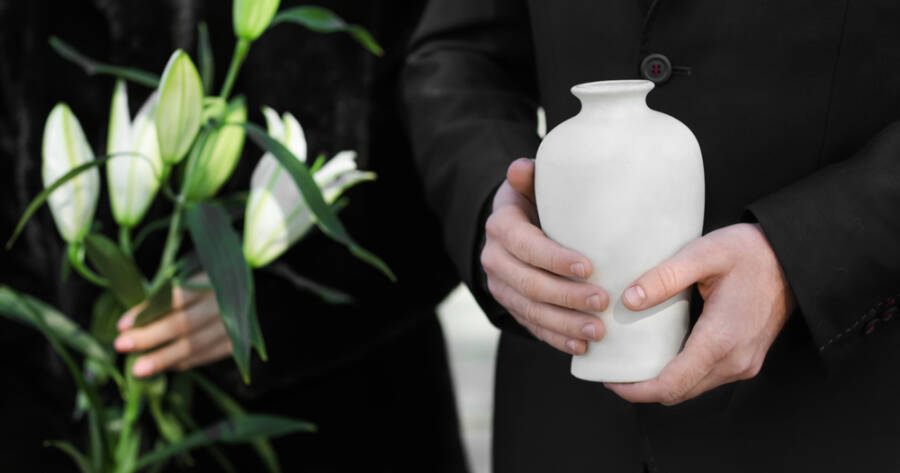Cremation has become a popular choice in the United States, yet many people do not fully understand the process. It is often surrounded by mystery, leading to curiosity and misconceptions. While the idea of cremation may seem simple, the details of what actually happens can be surprising. From the preparation of the body to the final ashes, each step is carefully planned and carried out with respect.
The Preparation Before Cremation
Before the cremation process begins, several important steps take place. The funeral home or crematory must obtain legal permission, which includes signing necessary documents and verifying the identity of the deceased. Family members may be asked to confirm personal details to prevent any errors.
Once the paperwork is complete, the body is prepared for cremation. This often involves removing any medical devices or objects that could be hazardous in the cremation chamber. Jewelry, prosthetics, and pacemakers are usually removed to avoid explosions or damage to equipment. The body is then placed in a simple, flammable container, typically made of wood or cardboard, designed to burn efficiently during the process.
Inside the Cremation Chamber
The actual cremation takes place inside a specially designed chamber, often called a retort. This chamber is lined with heat-resistant bricks and is capable of reaching temperatures between 1,400 and 2,000 degrees Fahrenheit. The intense heat quickly reduces the body to bone fragments in about two to three hours.
During this process, the soft tissues of the body evaporate due to the extreme temperatures. Bones, which are more resistant to heat, remain but become brittle and break down into smaller fragments. Some people may be surprised to learn that flames do not directly touch the body. Instead, the heat causes combustion, which reduces the remains naturally. Modern crematories use high-efficiency burners to ensure the process is as clean and controlled as possible.
Processing the Remains
After cremation is complete, the chamber is allowed to cool before the remains are carefully collected. What is left behind are primarily bone fragments, not ashes as many people assume. These fragments are placed in a special machine called a cremulator, which grinds them into a fine, sand-like powder. The final result is what families receive as cremated remains.
The weight of the ashes can vary depending on the individual’s bone density and body structure. On average, adult remains weigh between four to eight pounds. Once processed, the remains are placed in an urn or temporary container, ready for the family to keep, scatter, or bury according to their wishes.
What Happens to Metal and Other Materials?
Many people wonder what happens to metal implants, fillings, or surgical screws during cremation. Since cremation temperatures are not high enough to completely melt metal, these objects remain in the chamber. Crematory staff carefully remove them after the process and often recycle them. Some crematories donate these materials to medical programs or recycling centers, turning them into useful resources rather than waste.
Gold teeth or dental fillings usually do not survive cremation, despite common beliefs. The intense heat causes gold to melt and mix with bone fragments, making it impossible to recover separately. Families should not expect to receive any valuable metals after cremation, as most are either destroyed or collected for ethical disposal.
Choosing the Final Resting Place
Once the ashes are returned to the family, they must decide what to do with them. Some choose to scatter the remains in a meaningful location, while others prefer to keep them in an urn at home. Cremation allows for unique memorial options, including turning ashes into jewelry, planting them with a tree, or incorporating them into an ocean reef.
For those who prefer a traditional approach, cremated remains can be buried in a cemetery or placed in a columbarium. Many cemeteries offer special sections for urns, allowing loved ones to visit and pay their respects. Some families even divide the ashes among relatives, ensuring that everyone has a small part to remember their loved one by.
Understanding the Emotional and Environmental Impact
Cremation can be an emotional choice, but it also has environmental considerations. Compared to traditional burial, cremation requires fewer resources and less land space. However, it does produce carbon emissions and uses energy to maintain high temperatures. Some crematories are now adopting greener practices, such as bio-cremation, which uses water and alkaline solutions instead of fire.
Families often find comfort in cremation because it allows for a more flexible and personal way to say goodbye. Unlike burials, cremation gives loved ones time to plan a meaningful ceremony without urgency. This can be especially helpful for those who need extra time to grieve or arrange travel.
The Truth About Cremation
Cremation is a fascinating and respectful process, but it involves more than simply reducing a body to ashes. From careful preparation to the final decision on what to do with the remains, every step is handled with care. While some aspects of cremation may be surprising, understanding the process can bring comfort to those considering this option for themselves or a loved one.


